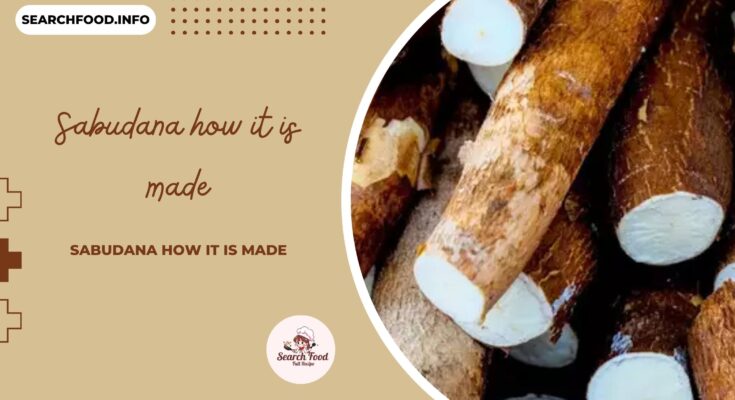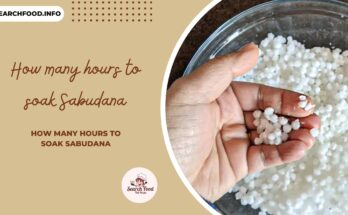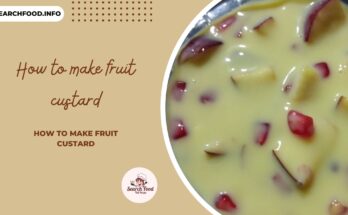Sabudana, those tiny tapioca pearls so common in Indian cuisine, might seem like a pantry staple that magically appears on store shelves.
Sabudana how it is made
But have you ever wondered where these little balls of energy come from? The process of making sabudana is actually quite fascinating!
The Humble Tapioca Root
The journey of sabudana begins with the tapioca root, a starchy vegetable native to South America. While tapioca itself is sometimes used in its whole form, for sabudana production, the focus is on extracting the starchy insides.
Extracting the Starch
There are several ways to achieve this, but typically, the roots are first peeled and washed. Then, they may be crushed or grated to release the starchy juices. This starchy liquid undergoes a separation process to remove fibers and other unwanted elements.
Shaping the Pearls
The isolated starch is then put through a transformation. Depending on the desired size, it might be passed through sieves or rollers to create the characteristic tapioca pearls we know as sabudana.
Heating and Drying
Finally, the shaped starch undergoes a gentle heating process. This heating partially pre-cooks the starch, giving sabudana its unique texture when soaked before cooking. After this heating, the sabudana is carefully dried to ensure it can be stored for extended periods.
A Longstanding Tradition
The process might seem complex, but it’s a testament to the ingenuity of food production techniques developed over centuries.
Sabudana has become a staple ingredient in many Indian dishes, especially during fasting periods when grains are restricted. Its versatility and long shelf life make it a valuable source of carbohydrates.




